Website programming
The creation and design of websites is summarized under the term web design.
“The creation and design of websites is summarized under the term web design. The basic language for creation is the markup language HTML, although the uniform and rational formatting of multiple websites can be made easier using formatting languages such as Cascading Style Sheets (CSS). Additional languages have been developed, especially for creating dynamic pages, with the help of which complex structures can be created from web pages (see website).
Dynamic websites: In contrast to static websites, which technically represent an HTML document on the web server, websites are often created dynamically or actively at the moment of request. This makes sense if a website needs to contain very current information such as stock market prices or weather forecasts. In this case, the web server runs a program that was previously developed specifically for this task. It carries the data e.g. B. from databases and creates the HTML document. This is then transferred from the web server to the browser and displayed to the user.
Another use case arises from the need to respond to user input, such as: B. entering a search term into a search engine. The search engine software creates a list of suitable links based on the search term and creates a website that conveniently presents this list to the user.
The ability to dynamically generate web pages depending on user input and database content quickly made the Web a universal platform for many types of applications. The advantages lie in the independence of operating systems and other properties of the clients. The only basic requirements are a network connection to the server and a web browser.
Any program that can be executed on the server system can be used to generate dynamic websites. However, to simplify programming, standards such as the Common Gateway Interface (CGI) were introduced to make web applications independent of the type of web server. The majority of CGI applications were and are written in the Perl programming language. Due to the rapidly increasing need for very powerful servers to operate web applications, technologies such as PHP, J2EE and .NET developed.
Since the content of large websites is usually maintained by several people, a content management system (CMS) is often used in such projects. More and more PHP and MySQL-based solutions are coming onto the market in free software, which are easy to use even for inexperienced programmers, as long as they do not exceed a certain level of complexity.” [8]
[8] German Wikipedia article “Website”, as of February 20, 2021


